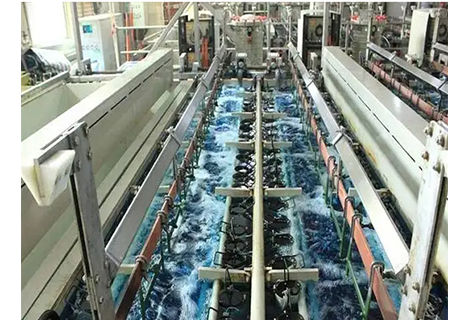Carbon steel is one of the most common types of steel, as it is cheap, abundant, and versatile. Carbon steel found in countless products and structures, plays an indispensable role in various industries. If you've ever wondered about the intricacies of carbon steel - what is carbon steel, what are the diverse types of carbon steel, the factors influencing carbon steel price, and what is carbon steel made of - you're in the right place.
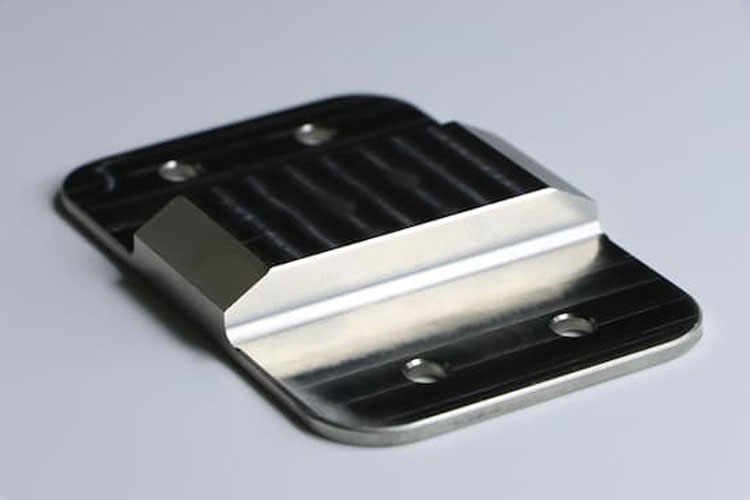
Carbon steel, as its name implies, is fundamentally a fusion of iron and carbon. This elemental partnership forms the backbone of carbon steel, conferring upon it a set of characteristics. But in fact, there's more to this alloy than just iron and carbon.
At its core, carbon steel consists predominantly of iron (Fe) and carbon (C), along with small amounts of other elements, such as manganese, silicon, phosphorus, and sulfur. Iron provides the structural foundation, granting the steel its inherent strength and malleability. Carbon, on the other hand, plays a pivotal role in fine-tuning the steel's properties. Carbon steel can have a carbon content ranging from as low as 0.05% to as high as 2.1%, depending on the specific grade and intended use.
Carbon content is the primary variable that distinguishes one type of carbon steel from another. As mentioned above, this content can span a wide range, contingent upon the desired grade and the intended application.
1. Low-Carbon Steel
Low-carbon steel is often referred to as mild steel. Its carbon content ranges from a mere 0.05% to 0.30%, making it the softest among carbon steel types. This pliability allows it to be easily formed, welded, and machined.
Applications: Low-carbon steel finds its place in the production of pipes, wires, nails, screws, bolts, and other components where high strength isn't a primary requirement.
2. Medium-Carbon Steel
Medium-carbon steel strikes a balance between strength and flexibility, boasting a carbon content ranging from 0.30% to 0.60%. This composition imparts greater hardness and durability compared to low-carbon steel.
Applications: Medium-carbon steel is often employed in manufacturing gears, springs, rails, and bridges, where its enhanced strength and wear resistance shine.
3. High-Carbon Steel
High-carbon steel has 0.6% to 1% carbon and is very hard and brittle. It can be further hardened by quenching and tempering. It has a high tensile strength and a high cost. It is difficult to weld and machine.
Applications: High-carbon steel is the go-to choice for crafting knives, chisels, cutting tools, and even weapons.
4. Ultra-High-Carbon Steel
Ultra-high-carbon steel pushes the carbon content even higher, exceeding 1.00%. This extreme carbon concentration makes it exceptionally hard but also extremely brittle.
Applications: This specialized steel variety is reserved for unique purposes, including manufacturing cutting edges, bearings, and components where extreme hardness is required.
Manganese (Mn):
Manganese enhances the strength and hardenability of carbon steel for structural applications. It also improves toughness, ductility, and resistance to wear. Typical manganese content: 0.25% to 1.5%.
Silicon (Si):
Silicon aids in deoxidation during steel production, ensuring quality. It increases strength, elasticity, and corrosion resistance. Typical silicon content: 0.15% to 0.35%.
Phosphorus (P):
Phosphorus affects machinability, hardness, and brittleness. It can reduce weldability and ductility if excessive. Typical phosphorus content: 0.01% to 0.15%.
Sulfur (S):
Sulfur influences machinability and surface finish. It can decrease strength but improve corrosion resistance. Excess sulfur reduces weldability and ductility. Typical sulfur content: 0.01% to 0.15%.
Chromium (Cr):
Chromium enhances corrosion resistance. In specific proportions, it forms a protective oxide layer. This layer acts as a barrier, shielding the underlying steel from environmental factors such as moisture and oxygen.
Tungsten (W):
Tungsten boosts hardness and high-temperature resistance in specialized carbon steel. It's used in cutting tools and high-heat applications.
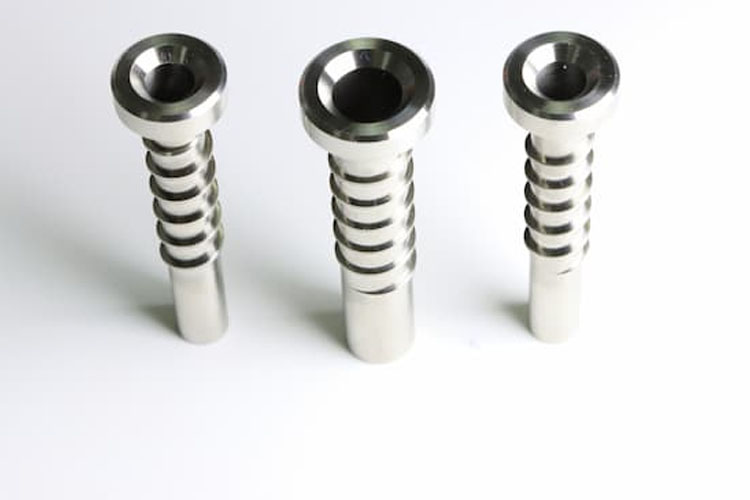
Carbon steel possesses notable advantages and disadvantages influencing its suitability for diverse applications:
Advantages:
High Strength: Carbon steel boasts exceptional tensile strength and hardness, rendering it ideal for structural elements and heavy machinery, enduring high stress without deformation.
Durability: Its resistance to wear and tear makes carbon steel long-lasting, enduring elevated temperatures and shocks without loss of shape or properties.
Recyclability: Carbon steel's recyclability is an eco-friendly feature, curbing the need for fresh iron ore mining and lowering greenhouse gas emissions.
Disadvantages:
Low Corrosion Resistance: Susceptibility to rust and corrosion upon exposure to moisture, oxygen, acids, or salts can weaken carbon steel, affecting both functionality and appearance.
Limited Heat Resistance: Unsuitable for high-temperature applications due to a low melting point and thermal conductivity, resulting in strength and ductility loss.
Environmental Impact: Its production consumes significant energy and resources, generating pollution in the form of waste products like slag, dust, and gases.
To mitigate these disadvantages, carbon steel can be modified:
Corrosion Resistance: Incorporating chromium or nickel forms a protective oxide layer, resulting in stainless steel.
Rust Prevention: Zinc or galvanized coatings act as sacrificial anodes to protect against rust, creating galvanized steel.
Enhanced Properties: The addition of carbon nanotubes or graphene reinforces strength and conductivity, leading to nanosteel.
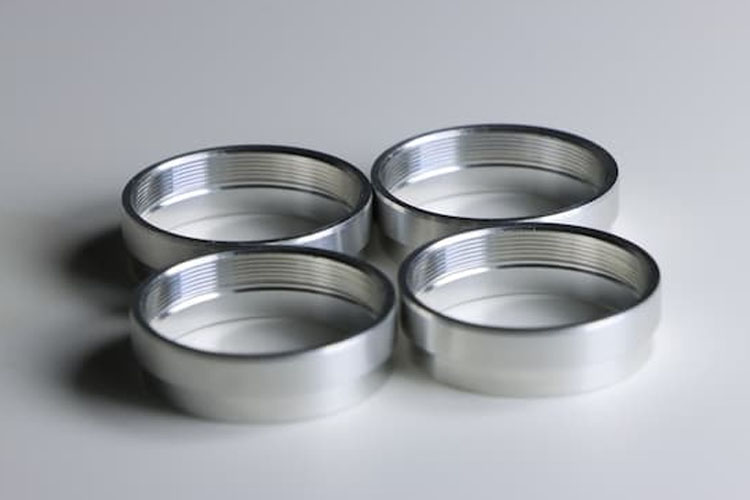
The price of carbon steel is not fixed and can vary depending on several factors. Here are some main aspects.
1. Type and Grade
Different carbon steel types and grades come at varying costs. Higher carbon content generally means higher hardness and strength but lower ductility and corrosion resistance.
2. Size and Shape
The form of carbon steel, like bars, sheets, or pipes, affects pricing due to material amount, production complexity, and logistics.
3. Quantity
Larger orders often lead to lower unit prices through economies of scale and bulk discounts.
4. Market Conditions
The price of carbon steel is also influenced by external factors such as global and regional supply and demand trends, raw material costs, energy costs, exchange rates, tariffs, taxes, environmental regulations, etc.
In 2023, the average price of carbon steel hovers around $0.40 per pound or $800 per ton, but specific prices can vary significantly by product and region. For example, some sources report that the price of hot-rolled coil (HRC) steel in North America is around $40.40 per hundredweight (cwt) or $808 per ton, while the price of cold-rolled coil (CRC) steel in China is around $1,000 per ton.
To get an accurate estimate of the current price of carbon steel for your specific needs, you need to consider all these factors and compare prices from different suppliers. One of the reliable suppliers you can contact is Richconn. Richconn can help you with:
Customizing your carbon steel parts according to your specifications and requirements
Offering competitive prices and fast delivery times for your orders
Providing professional advice and technical support for your projects
Ensuring quality control and customer satisfaction for your products
If you have any inquiries regarding carbon steel, click here for assistance
↓↓↓
Carbon steel, a widely utilized material due to its affordability and versatility, is a cornerstone in numerous industries. From low-carbon steel's flexibility to high-carbon steel's hardness, each type serves specific purposes. While carbon steel exhibits remarkable strength and durability, it's essential to acknowledge its susceptibility to corrosion and limited heat resistance. Additionally, the dynamic nature of carbon steel prices, influenced by type, size, quantity, and market conditions, necessitates careful consideration when sourcing this versatile material. Whether for construction, manufacturing, or various applications, carbon steel's enduring popularity stems from its impressive blend of strength, durability, and cost-effectiveness.
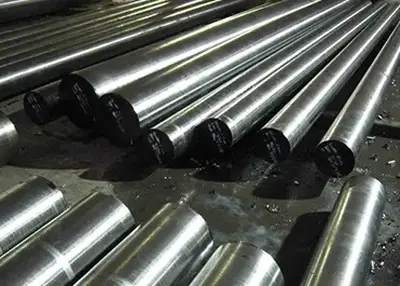 4140 Steel: A Versatile Alloy with Excellent PropertiesDecember 7, 2023Steel is one of the most widely used materials in the world, thanks to its strength, durability, and versatility. However, not all steel grades are the same. Depending on the chemical composition and the heat treatment, different steel grades can have different properties and applications.view
4140 Steel: A Versatile Alloy with Excellent PropertiesDecember 7, 2023Steel is one of the most widely used materials in the world, thanks to its strength, durability, and versatility. However, not all steel grades are the same. Depending on the chemical composition and the heat treatment, different steel grades can have different properties and applications.view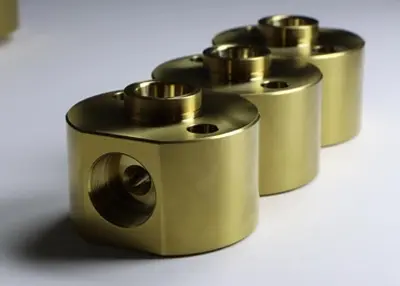 6 Aspects of Optimizing Part Design For CNC MachiningOctober 16, 2023The rapid and cost-effective production of prototypes and series parts by CNC machining is often a balancing act. Both the capabilities of the manufacturing process and the part itself as an optimized, functional component must be considered. So when designing parts for machining with Richconn milling and CNC turning parts, there are a few key points to consider to shorten manufacturing time and reduce costs.view
6 Aspects of Optimizing Part Design For CNC MachiningOctober 16, 2023The rapid and cost-effective production of prototypes and series parts by CNC machining is often a balancing act. Both the capabilities of the manufacturing process and the part itself as an optimized, functional component must be considered. So when designing parts for machining with Richconn milling and CNC turning parts, there are a few key points to consider to shorten manufacturing time and reduce costs.view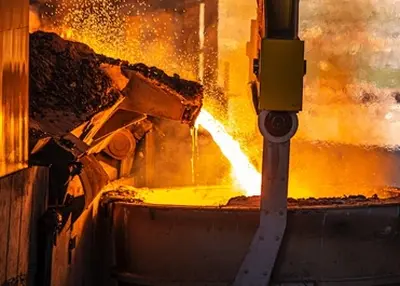 Hot Rolled vs Cold Rolled: Which One Is Right for Your Project?February 26, 2024To optimize the properties of steel for specific applications, it is necessary to consider factors beyond its chemical composition. Hot rolling or cold rolling is a process employed to enhance the sha...view
Hot Rolled vs Cold Rolled: Which One Is Right for Your Project?February 26, 2024To optimize the properties of steel for specific applications, it is necessary to consider factors beyond its chemical composition. Hot rolling or cold rolling is a process employed to enhance the sha...view Is NTPT Carbon Fiber A Gimmick or A Manifestation of Value?May 30, 2022When it comes to carbon fiber watches, we have to mention Audemars Piguet. Audemars Piguet is definitely the ancestor of carbon used in watches. In those days, bumblebees were hard to find. This is al...view
Is NTPT Carbon Fiber A Gimmick or A Manifestation of Value?May 30, 2022When it comes to carbon fiber watches, we have to mention Audemars Piguet. Audemars Piguet is definitely the ancestor of carbon used in watches. In those days, bumblebees were hard to find. This is al...view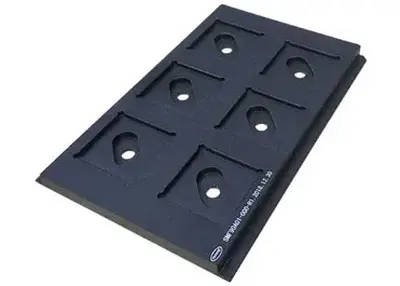 Semiconductor Chip Carrier Manufacturing: Introduction from Materials to Finished ProductsAugust 14, 2023With the development of science and technology, semiconductor chips are being widely used in various fields. High quality chip carriers are crucial to ensure the performance of chips during semiconduc...view
Semiconductor Chip Carrier Manufacturing: Introduction from Materials to Finished ProductsAugust 14, 2023With the development of science and technology, semiconductor chips are being widely used in various fields. High quality chip carriers are crucial to ensure the performance of chips during semiconduc...view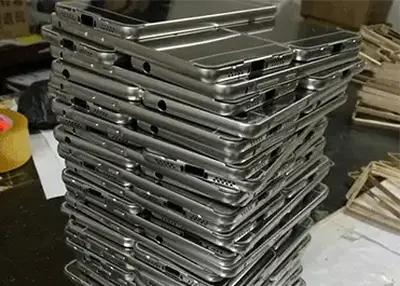 Manufacturing Process and Selection Guide for CNC Processing iPhone CasesNovember 14, 2023In a world where Precision Machining innovation, Richconn stands as a pioneer in CNC machining technology, redefining the landscape of iPhone protection. Dive into the intricacies of CNC machining for iPhone cases and discover a realm where design meets durability, guided by a commitment to excellence.view
Manufacturing Process and Selection Guide for CNC Processing iPhone CasesNovember 14, 2023In a world where Precision Machining innovation, Richconn stands as a pioneer in CNC machining technology, redefining the landscape of iPhone protection. Dive into the intricacies of CNC machining for iPhone cases and discover a realm where design meets durability, guided by a commitment to excellence.view
 EN
EN
 ru
ru 

